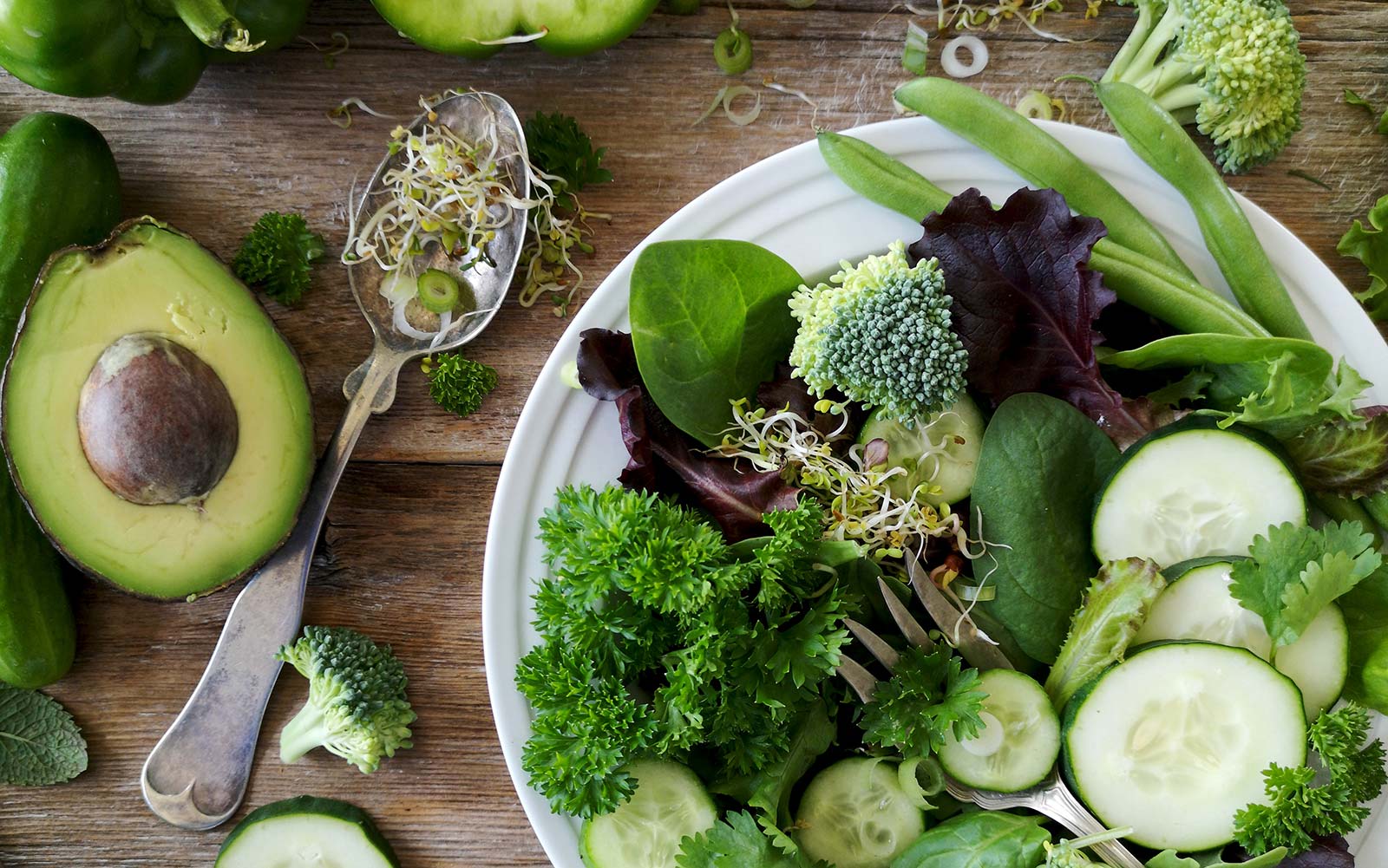Navigating fertility treatment can be overwhelming, especially when considering options like donor sperm. For many individuals and couples, the uncertainty of whether donor sperm will be readily available can add an extra layer of stress to an already emotional journey. At Fertility First in Sydney, we understand how important it is to have clear and accessible options when you’re ready to take the next step toward growing your family. One of the most frequently asked questions is whether there is a waiting list for donor sperm. Thankfully, with a wide selection of donors available, Fertility First ensures that there is no waiting list, allowing you to start your treatment as soon as you’re ready. In this blog, we’ll provide an overview of how our donor sperm program works, how to get donor sperm, the treatment options available, and how our team is here to support you every step of the way.
No Waiting List for Donor Sperm:
One of the standout benefits of choosing Fertility First is that we do not have a waiting list for donor sperm. On average, we have 40 to 50 different sperm donors available at any given time, providing a diverse range of options to meet your unique needs. This means that as soon as you’re medically cleared and ready to begin your fertility treatment, you will have immediate access to donor sperm without the need for delays or lengthy waiting periods. This can provide a sense of relief, knowing that when you’re ready to proceed, everything is in place to help you move forward swiftly.
Variety of Treatment Options:
At Fertility First, we offer a range of fertility treatments depending on your medical circumstances and personal preferences. For those using donor sperm, the two main options are Intrauterine Insemination (IUI) and In Vitro Fertilisation (IVF). IUI is often a less invasive and more straightforward procedure, where the donor sperm is placed directly into the uterus at the optimal time in your cycle. IVF, on the other hand, involves fertilising an egg with donor sperm outside of the body and then transferring the embryo into the uterus. Both treatments offer different advantages, and your fertility specialist will work closely with you to determine which option is best suited to your needs.

At Fertility First, we’re committed to making your fertility journey as smooth and stress-free as possible. With no waiting list for donor sperm and a variety of treatment options tailored to your needs, you can feel confident that you’re in good hands. Our experienced fertility specialists are here to guide you every step of the way, answering your questions and providing personalised support as you move forward in building your family. If you have any concerns or would like more information about our donor sperm program, please don’t hesitate to contact us. Our team is here to help you on your path to parenthood, and we look forward to supporting you through every phase of your treatment. Reach out today to learn more and take the next step toward your fertility goals.



